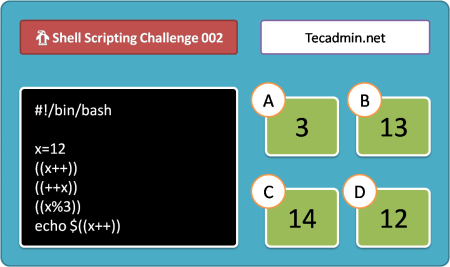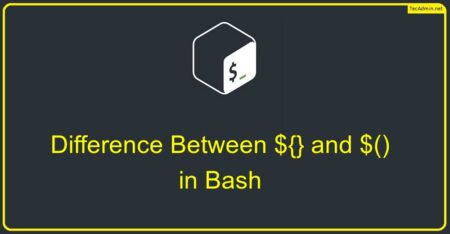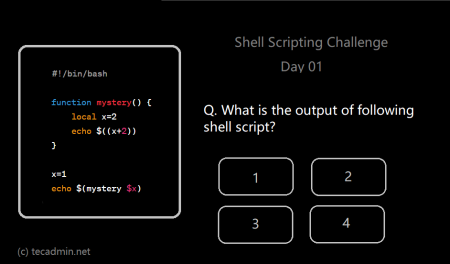Bash, the popular command-line shell in Linux and Unix systems, allows users to perform various tasks effectively by running scripts or executing commands. A key aspect of writing Bash scripts is the ability to make decisions based on the values of variables or the output of commands. One common decision-making task is comparing numeric values. This article provides a comprehensive guide to mastering numeric comparisons in Bash.
1. Understanding Numeric Comparisons
Before diving into the comparison operators, it is essential to understand that Bash deals with strings rather than numbers. Although Bash can perform arithmetic operations, it treats all values as strings. Thus, when comparing numeric values in Bash, you should use arithmetic operators that are specifically designed for this purpose.
2. Basic Comparison Operators
Here are the basic arithmetic comparison operators you can use in Bash:
- `-eq`: Equal to (==)
- `-ne`: Not equal to (!=)
- `-lt`: Less than (<)
- `-le`: Less than or equal to (<=)
- `-gt`: Greater than (>)
- `-ge`: Greater than or equal to (>=)
These operators are used with the ‘test’ or ‘[[‘ command, as shown in the following examples:
1 2 3 4 5 6 7 | if [ $num1 -eq $num2 ]; then echo "Numbers are equal" fi if [[ $num1 -lt $num2 ]]; then echo "Number 1 is less than Number 2" fi |
3. Combining Numeric Comparisons
You can combine multiple numeric comparisons using logical operators like AND (-a or &&) and OR (-o or ||). Here are some examples:
1 2 3 4 5 6 7 | if [[ $num1 -gt $num2 && $num1 -lt $num3 ]]; then echo "Number 1 is between Number 2 and Number 3" fi if [[ $num1 -lt $num2 || $num1 -gt $num3 ]]; then echo "Number 1 is either less than Number 2 or greater than Number 3" fi |
4. Practical Examples
Here are some practical examples of using numeric comparisons in Bash scripts:
4.1. Checking if a number is even or odd:
1 2 3 4 5 | if [[ $number % 2 -eq 0 ]]; then echo "Even number" else echo "Odd number" fi |
4.2. Comparing the number of lines in two files:
1 2 3 4 5 6 7 8 9 10 | file1_lines=$(wc -l < file1.txt) file2_lines=$(wc -l < file2.txt) if [[ $file1_lines -gt $file2_lines ]]; then echo "File 1 has more lines than File 2" elif [[ $file1_lines -eq $file2_lines ]]; then echo "Both files have the same number of lines" else echo "File 2 has more lines than File 1" fi |
5. Common Pitfalls and Best Practices
- Remember to use double brackets ( [[ ) when using logical operators ( && , || ) to combine comparisons. Single brackets ( [ ) don’t support these operators.
- Always use proper arithmetic comparison operators ( -eq , -lt , etc.) instead of string comparison operators ( == , < , etc.) for numeric comparisons.
- Ensure that the variables being compared are assigned valid numeric values to avoid unexpected behavior or errors.
Conclusion
Mastering numeric comparisons in Bash is crucial for writing efficient and error-free scripts. By understanding the basic comparison operators, learning how to combine them, and applying best practices , you can enhance the functionality and versatility of your Bash scripts. With practical examples and a good understanding of potential pitfalls, you will be well on your way to becoming proficient in Bash scripting and numeric comparisons.



